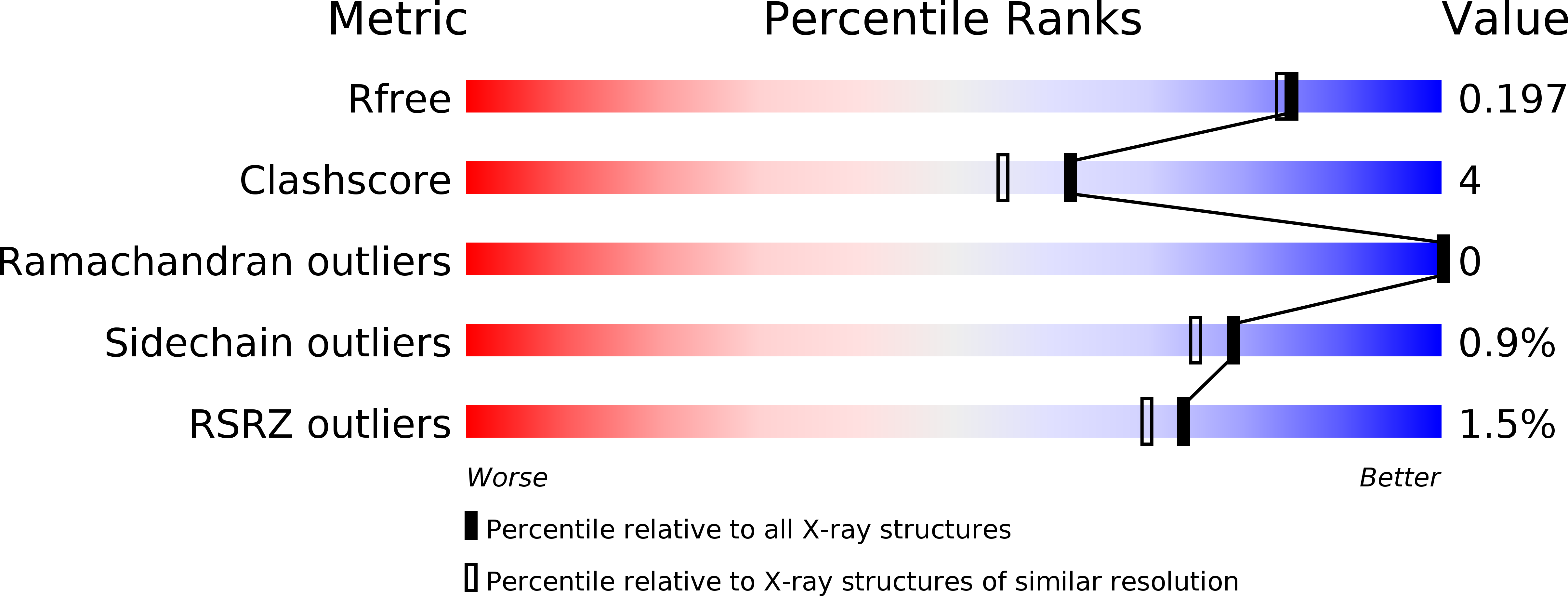
Deposition Date
2017-01-13
Release Date
2017-04-26
Last Version Date
2024-01-17
Entry Detail
Biological Source:
Source Organism:
Bacteroides intestinalis DSM 17393 (Taxon ID: 471870)
Host Organism:
Method Details:
Experimental Method:
Resolution:
1.80 Å
R-Value Free:
0.19
R-Value Work:
0.15
R-Value Observed:
0.15
Space Group:
P 2 21 21


